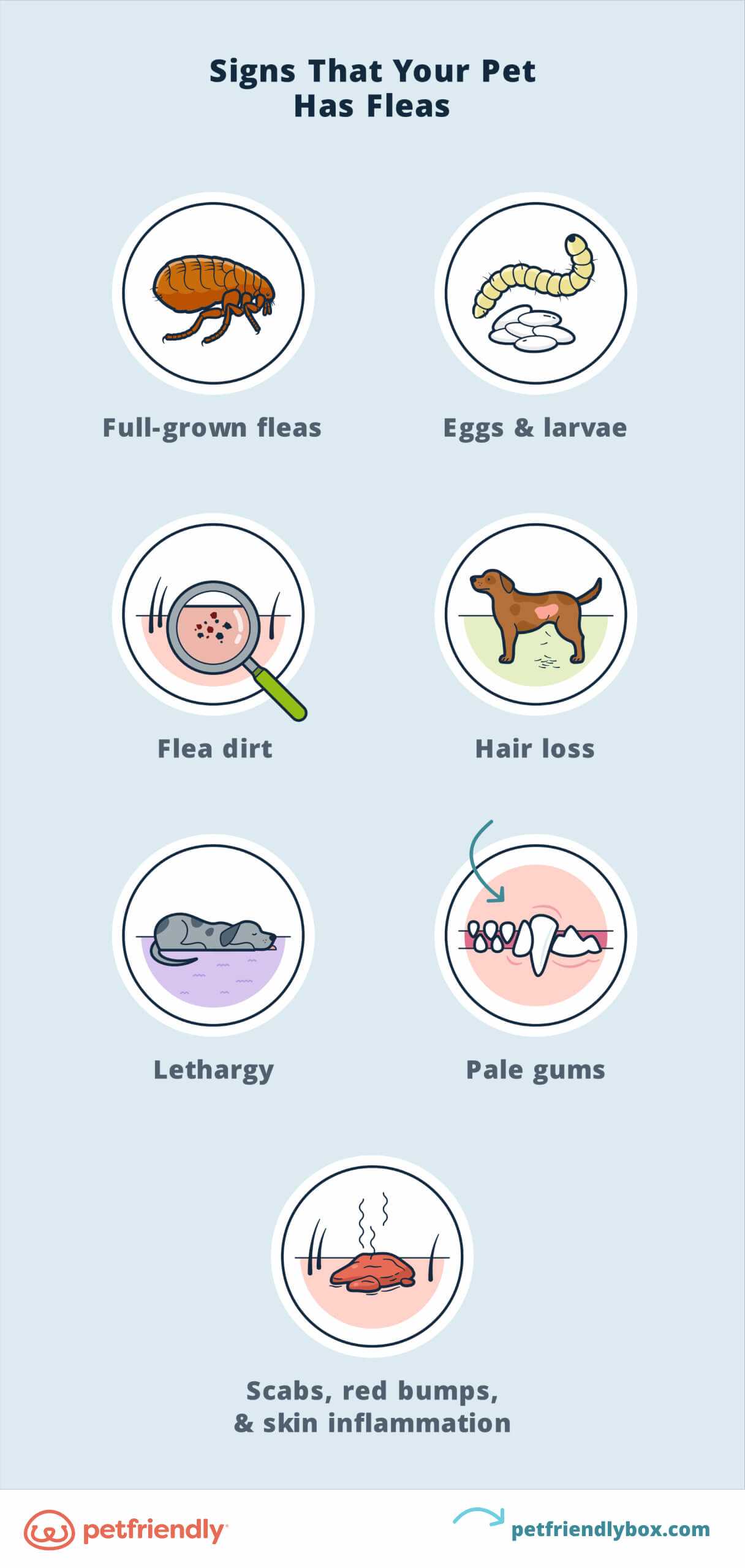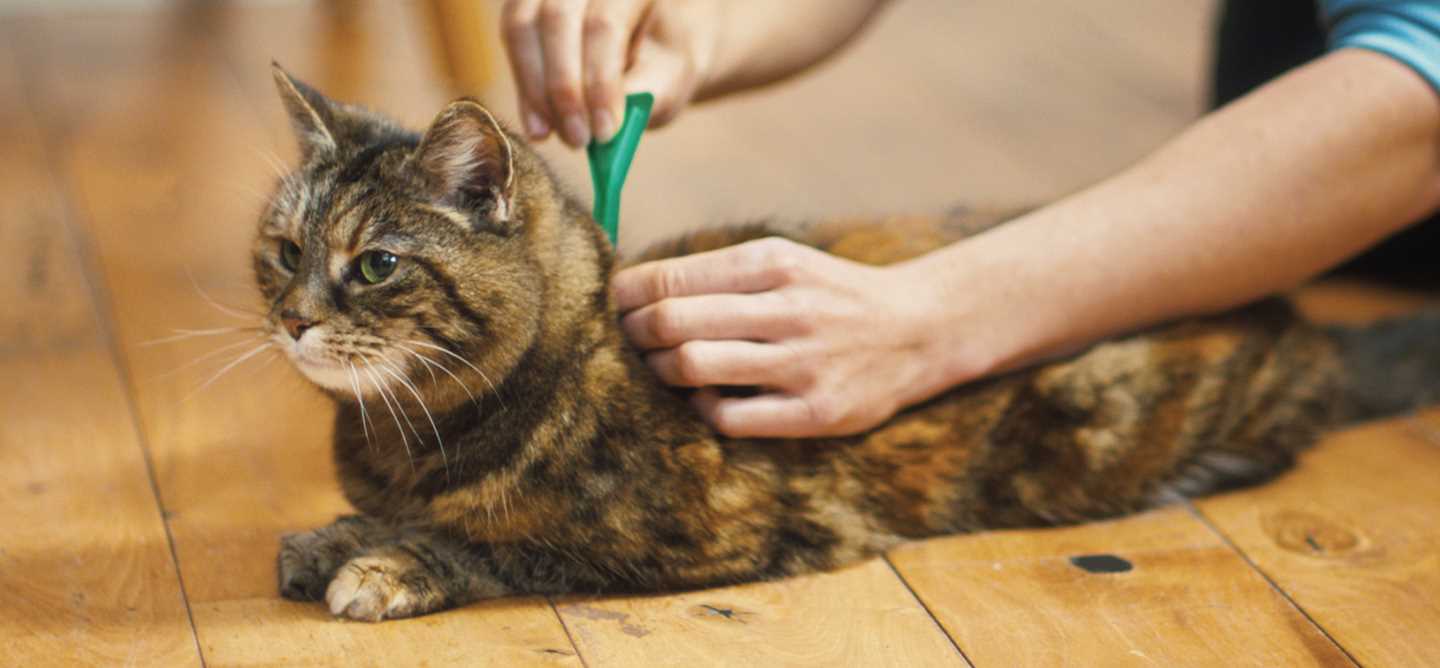Every month is a good rule for addressing those unwanted little critters. Regular application of preventive measures keeps my coat itch-free and happy. Staying on top of treatments ensures that I don’t become a host for these annoying pests.
For those of us with outdoor access, it’s wise to be vigilant. A bi-weekly check can help catch any signs early. If those pesky bugs do find their way onto my fur, immediate action is necessary to prevent an infestation.
Consulting your trusted veterinarian is essential for personalized advice. They can recommend the most suitable products and the right schedule tailored to my lifestyle and health needs. Regular check-ups can help maintain a flea-free environment.
How Often Can You Treat Cats for Fleas
Monthly applications are standard for most flea control products. This interval ensures that any adult fleas or eggs are eliminated effectively.
Consider these guidelines:
- If a product is labeled for every month, stick to that schedule.
- In case of heavy infestation, a veterinarian might suggest more frequent applications.
- Always follow the manufacturer’s instructions for specific products.
For topical treatments, ensure the product remains on the skin for at least 24 hours before bathing. This allows the medication to absorb properly.
Oral medications may vary, so check with the vet regarding the appropriate frequency and dosage.
Be mindful of your friend’s lifestyle. Indoor cats might require less frequent treatment than those who roam outside. Adjustments may be necessary based on exposure and environment.
Regular check-ups with the vet can help determine the best schedule tailored to your furry companion’s needs.
Understanding Flea Life Cycle and Infestation
Flea life cycle consists of four stages: egg, larva, pupa, and adult. Each stage impacts the infestation level in the environment. Eggs, which are small and white, fall off the host and can hatch within 1 to 10 days under favorable conditions. Larvae feed on organic debris, including flea feces, and take about 5 to 11 days to mature into pupae.
Pupae can remain dormant in their cocoons for several months, waiting for the right stimuli, such as heat or vibrations, to emerge as adults. Adult fleas live about 2 to 3 months, feeding on blood and reproducing rapidly. A single female can lay up to 50 eggs daily, leading to a significant population increase if not controlled.
Infestations often begin in areas where pets spend a lot of time. Carpets, bedding, and furniture are common breeding grounds. Regular vacuuming and washing pet bedding can reduce the presence of eggs and larvae. Maintaining a clean environment is crucial to managing flea populations effectively.
For best results, integrate treatment methods, including topical solutions, oral medications, and environmental sprays, targeting various life stages. Immediate action is key to breaking the cycle. Monitor the situation continuously to ensure that any resurgence is dealt with promptly.
Recommended Treatment Frequency for Adult Cats
Every month, applying a reliable flea prevention product is ideal for adult felines. This consistency helps maintain a barrier against unwanted pests.
Types of Products and Their Application Schedule
- Topical treatments: Monthly application provides ongoing protection.
- Oral medications: Depending on the specific product, these may be administered every month or every three months.
- Flea collars: Typically effective for up to eight months, but check specific product guidelines for reapplication or replacement.
Environmental Considerations
In areas with high flea populations or during peak seasons, more frequent applications might be necessary. Regular cleaning of bedding and vacuuming can enhance the effectiveness of treatments.
Always consult with a veterinarian to tailor a schedule based on individual health and lifestyle factors. Regular check-ups also help in adapting any flea control measures as needed.
Adjusting Treatment Based on Environment and Lifestyle
Frequency of application hinges on surroundings and daily routines. Indoor pets may require less frequent intervention compared to those roaming outside. For instance, I suggest monitoring an outdoor companion closely, as they encounter various environments that increase exposure to parasites.
Indoor vs. Outdoor Considerations
For indoor dwellers, a monthly regimen is typically sufficient. However, if other animals share the household, or if there’s frequent contact with outdoor animals, a bi-weekly approach might be wise to ensure protection. On the flip side, outdoor adventurers should have treatments adjusted every two to three weeks, especially during peak flea season. Regular checks for any signs of infestation can help determine if a change in strategy is needed.
Seasonal Adjustments
Seasonality plays a significant role in pest management. Warmer months often bring an uptick in flea activity. My advice is to ramp up treatments during spring and summer, while considering a break during colder months. Always assess the environment; if the area is humid or lush, which attracts fleas, additional treatments may be necessary. For added comfort, consider using an air freshener for cats to maintain a pleasant living space.
Signs of Flea Infestation and When to Re-Treat
If itching starts becoming frequent, that might indicate a flea problem. Watch out for excessive scratching, biting at the skin, or unusual grooming behaviors. If I notice small black specks on my fur, those could be flea dirt, which is a telltale sign of these unwanted guests.
Another key indicator is the presence of fleas themselves. They often jump around, and you might spot them on my skin or my bedding. If my humans start seeing these signs, immediate action is necessary. It’s crucial to act quickly, as adult fleas reproduce rapidly, leading to a larger infestation.
Re-application of treatments should happen according to the product instructions. Most topical treatments need to be reapplied monthly, while oral alternatives may have different guidelines. Always check the packaging to ensure the right timing.
Environmental factors also play a role. If I live in a flea-prone area or if other pets are present, more frequent applications may be needed. Seasonal changes can affect flea populations, so adjusting the schedule accordingly is wise.
Keep in mind that if my humans are facing issues with their equipment, like if they can not start my honda pressure washer, it’s best to focus on resolving that before tackling flea treatments, to ensure a clean, flea-free home.
Safe Products for Flea Treatment in Cats

Choosing the right products is crucial for effective flea management. Here are some safe options available for use:
Top Recommended Treatments
| Product Type | Brand | Active Ingredient | Notes |
|---|---|---|---|
| Topical Treatment | Frontline Plus | Fipronil, (S)-methoprene | Safe for kittens over 8 weeks; waterproof. |
| Oral Medication | Capstar | Nitenpyram | Fast-acting; kills fleas within 30 minutes. |
| Flea Collar | Seresto | Imidacloprid, Flumethrin | Lasts up to 8 months; prevents re-infestation. |
| Shampoo | Adams Plus | Pyrethrins | Helps remove fleas and ticks; soothing ingredients. |
Natural Alternatives
For those who prefer a more natural approach, consider these options:
- Essential oils (like lavender or cedarwood) diluted and used with caution.
- Apple cider vinegar mixed with water as a spray may repel fleas.
- Regular bathing and grooming to physically remove pests.
Always consult with a veterinarian before starting any new treatment to ensure it’s suitable for your specific needs. These products can help maintain a flea-free environment, keeping both humans and furry friends safe and comfortable.
Consulting Your Veterinarian for Tailored Advice
Regular check-ins with a veterinarian ensure personalized recommendations based on specific needs. They assess factors like age, health status, and lifestyle, providing insights that general guidelines may overlook.
Understanding Individual Needs

Every feline has unique circumstances. A vet can evaluate your environment, exposing potential risks that might lead to increased treatments or alternative strategies. Discuss any concerns regarding reactions to products, as some pets may exhibit sensitivities requiring special consideration.
Staying Informed on New Products
Veterinarians have access to the latest advancements in flea management. Engaging them helps keep your knowledge current and allows for informed decisions on the safest and most effective options available. Always inquire about new solutions that may suit your specific situation.






